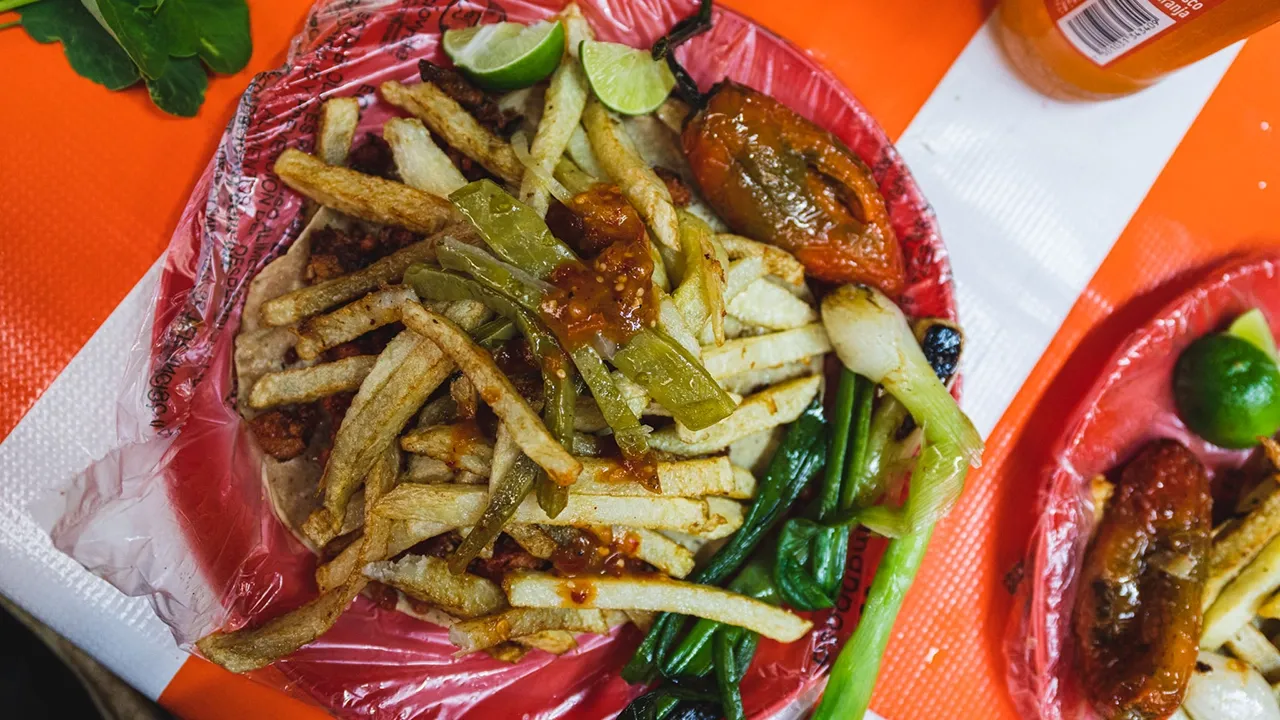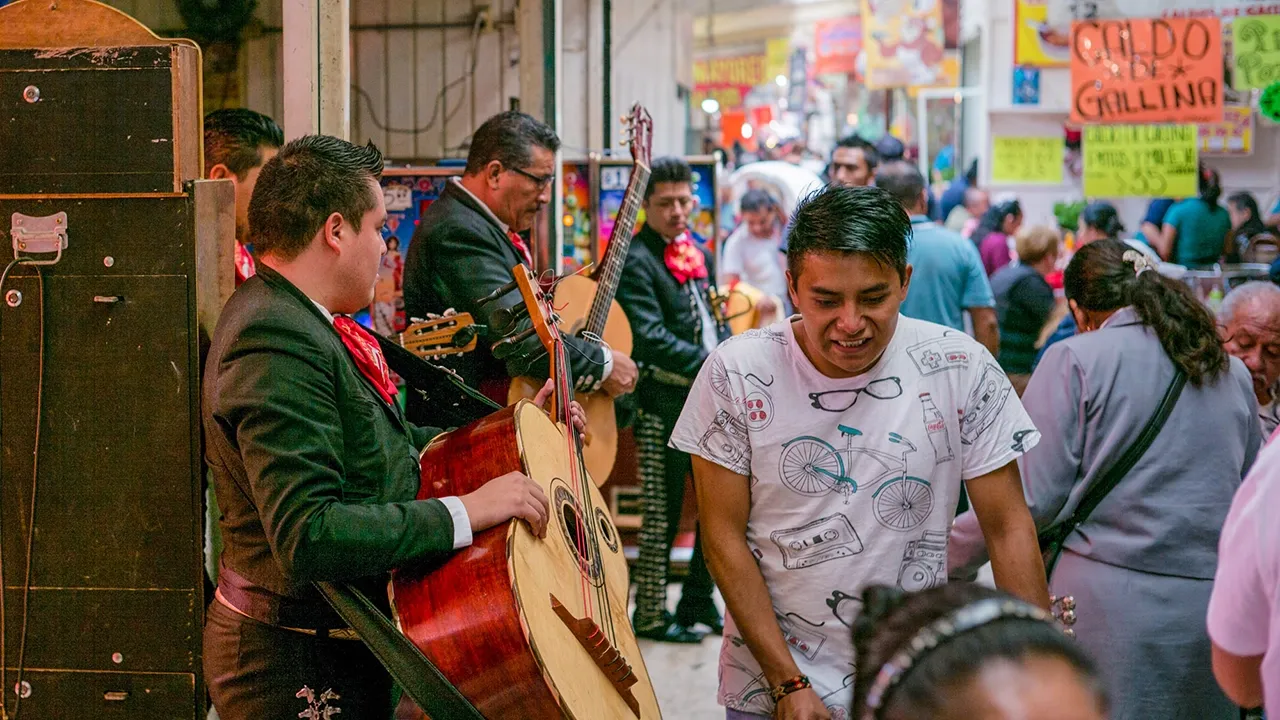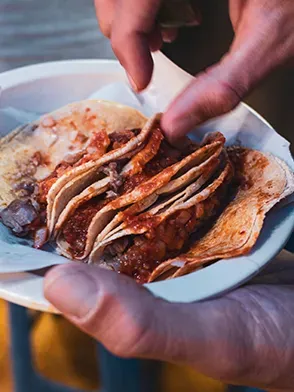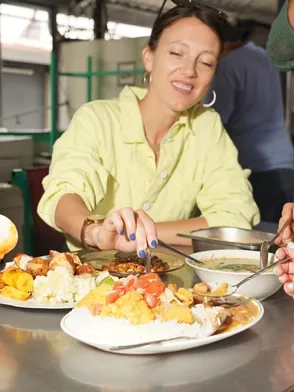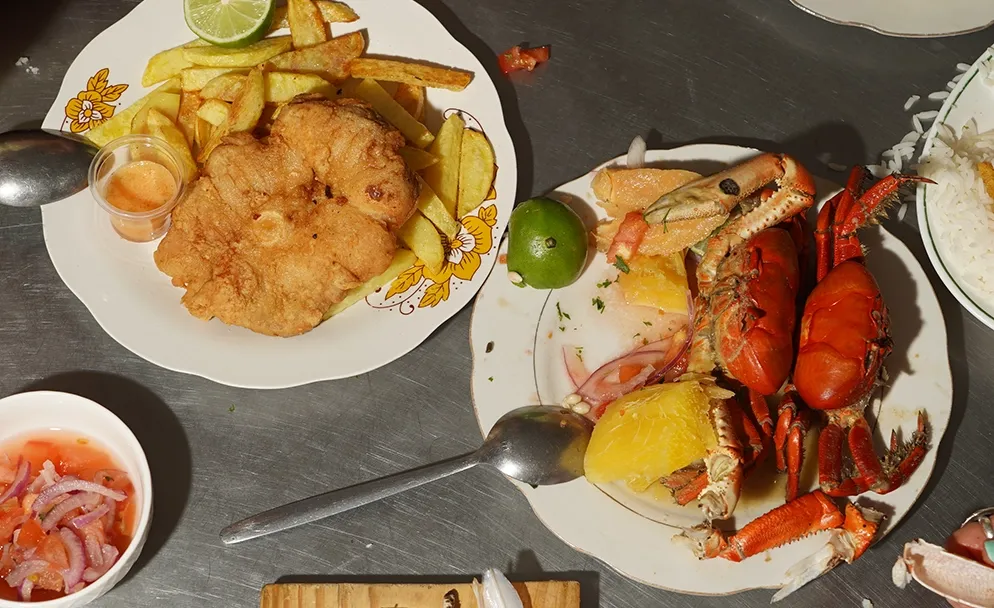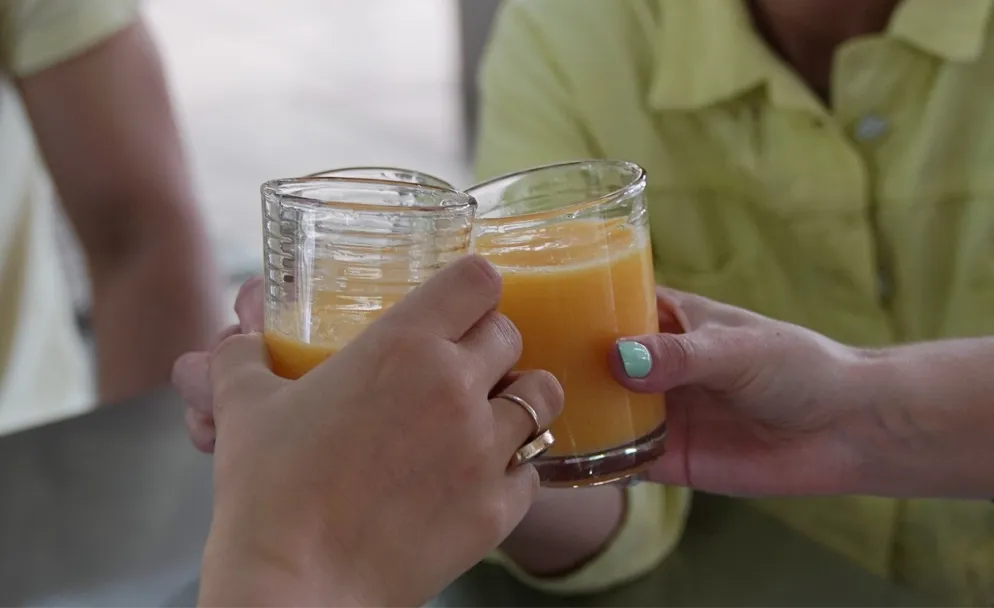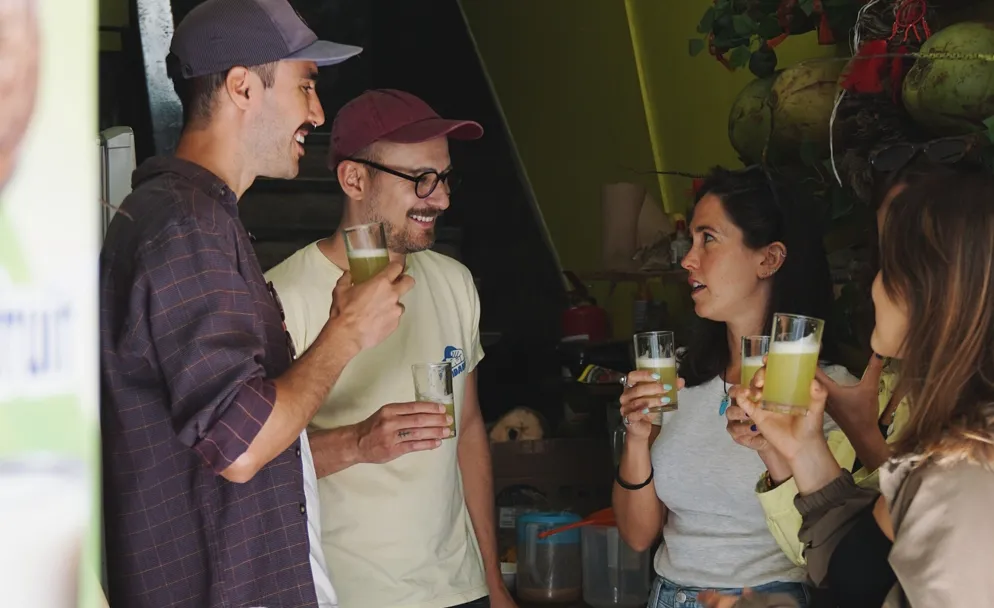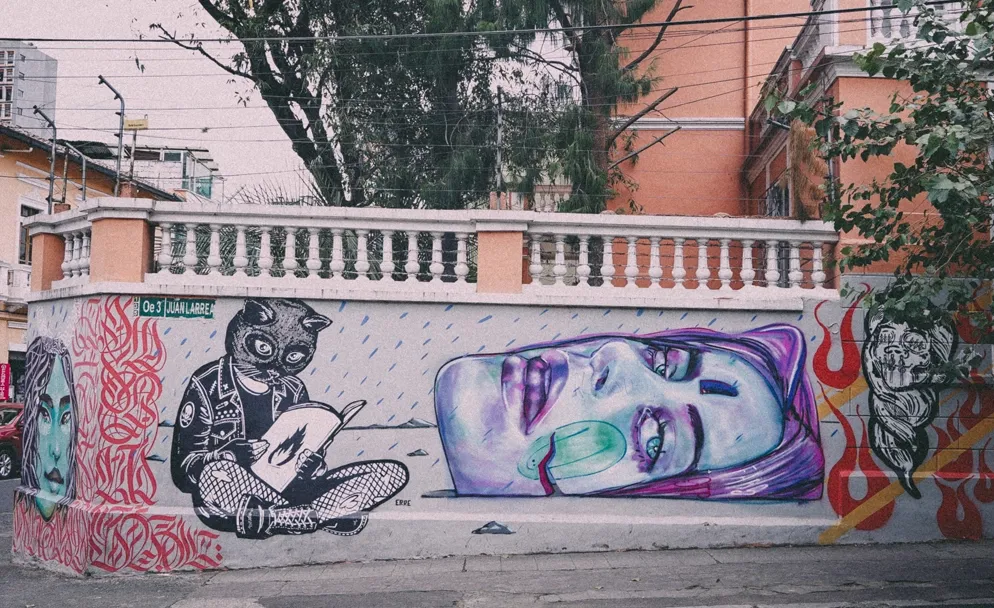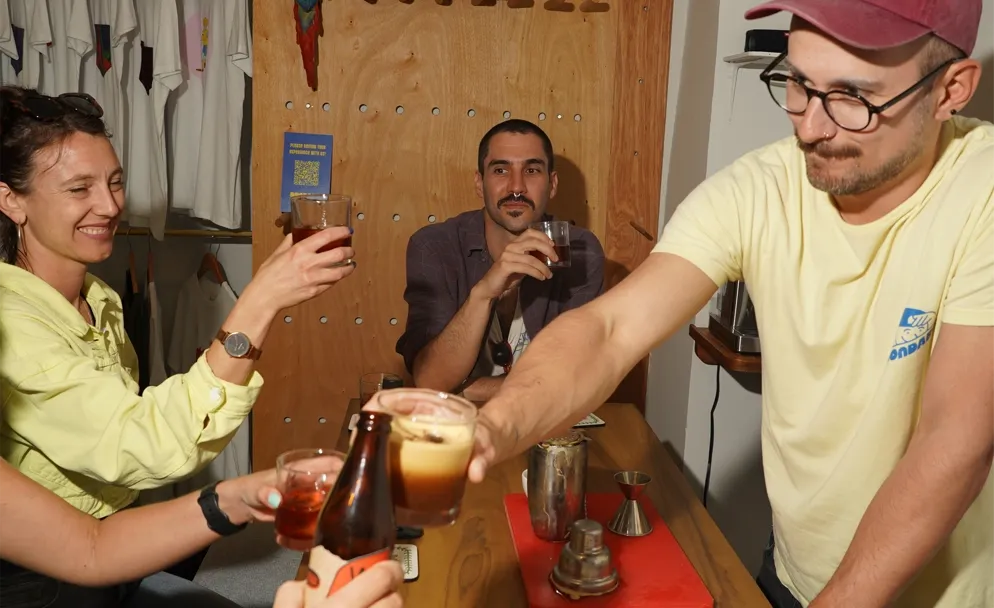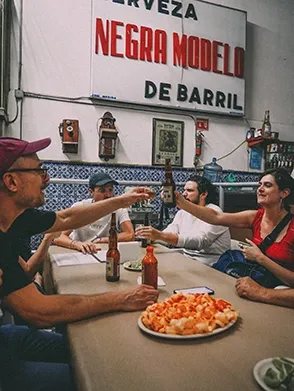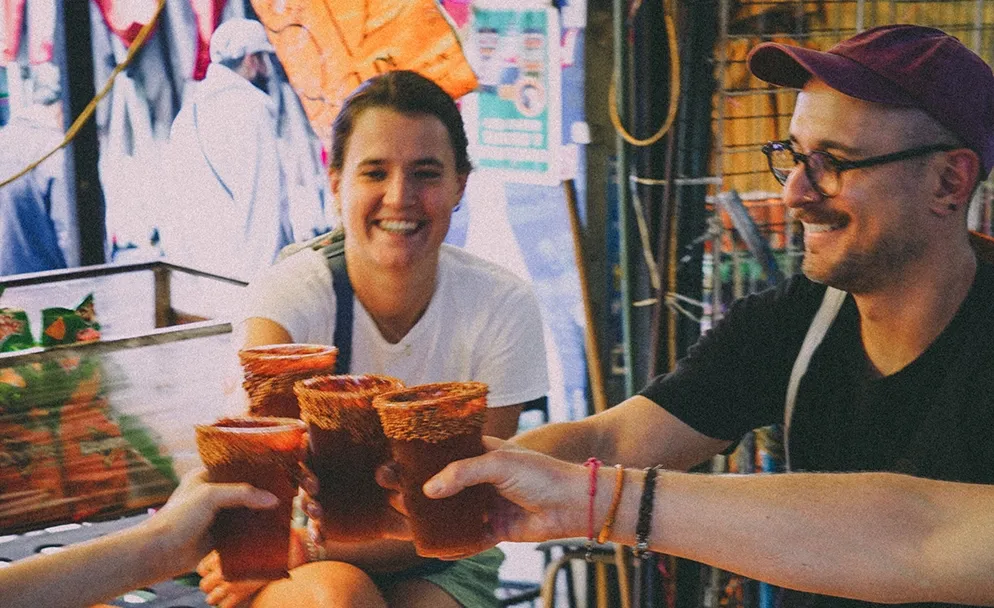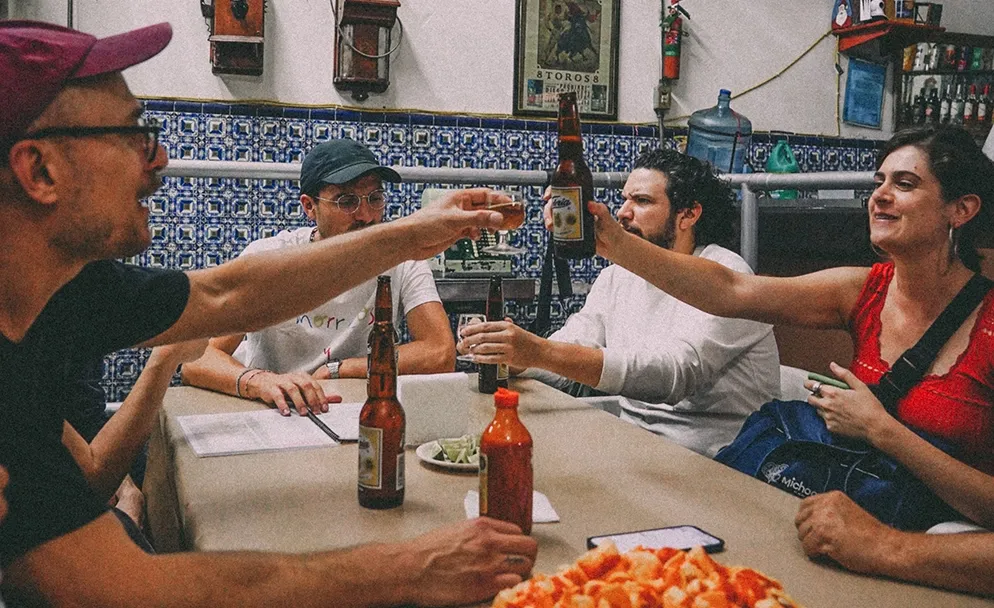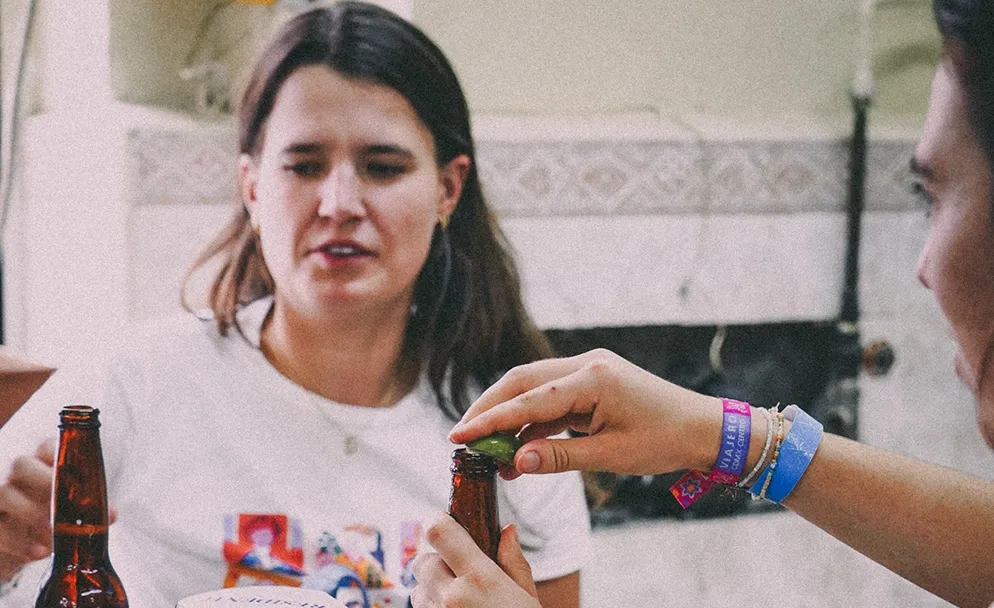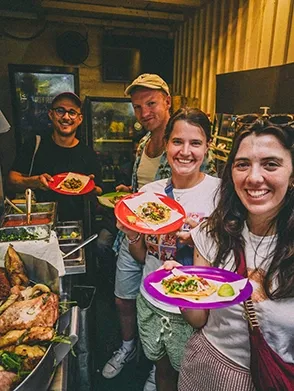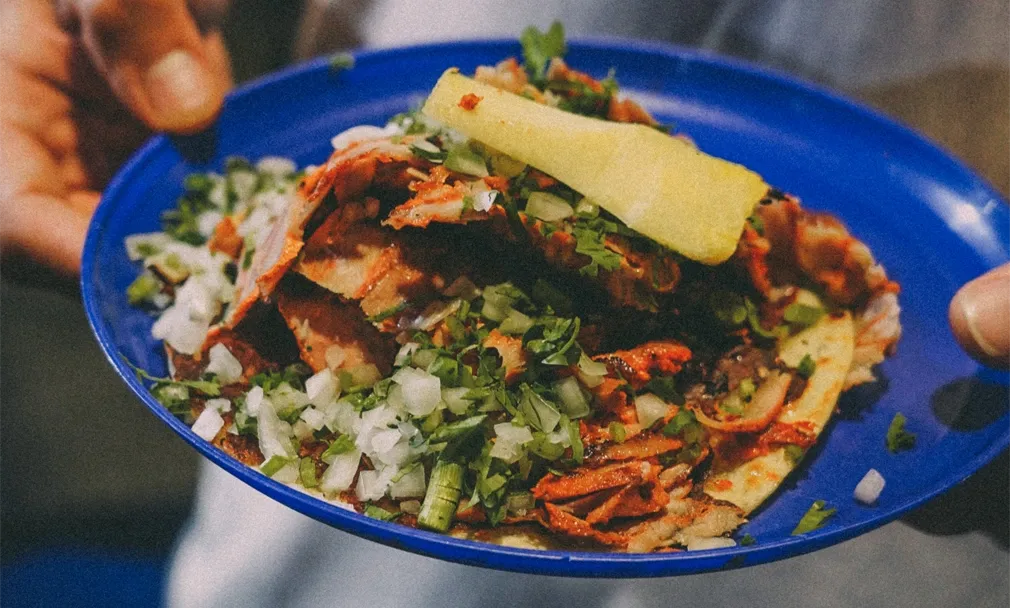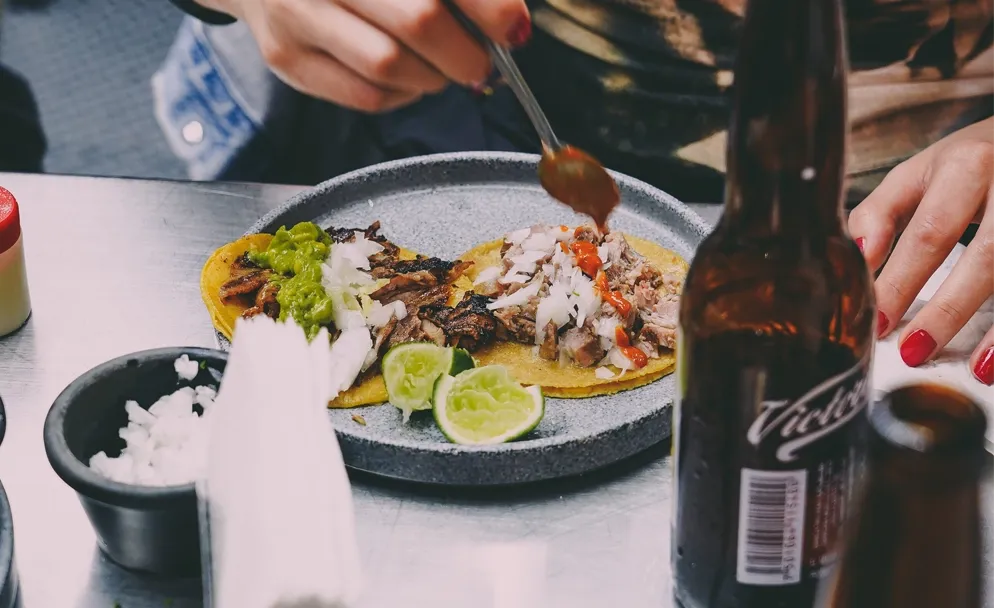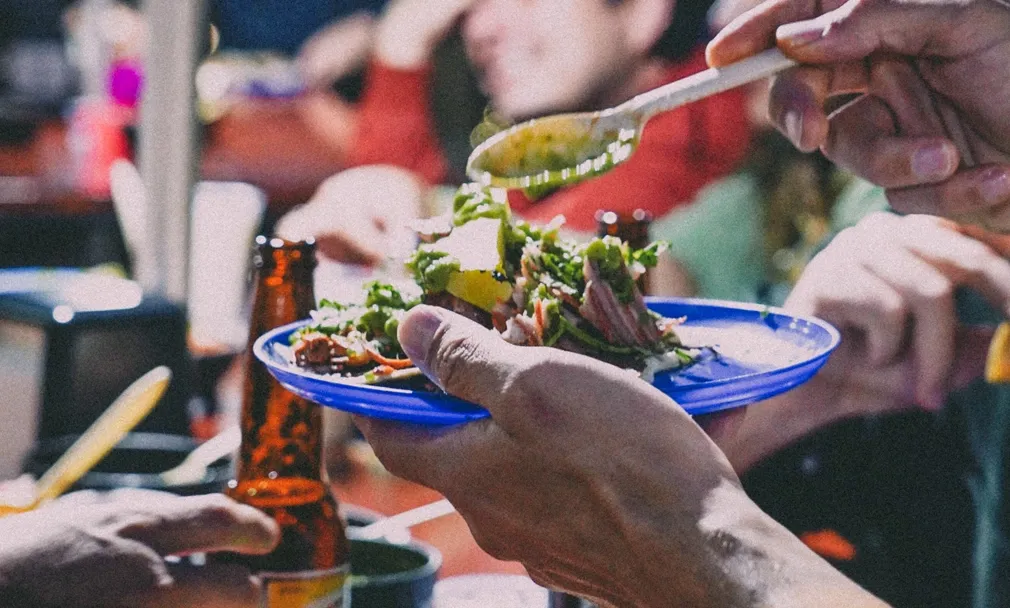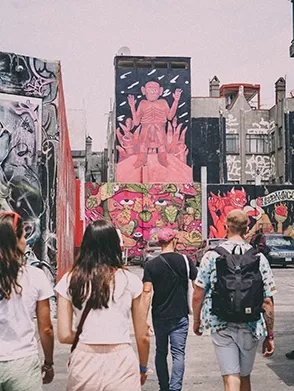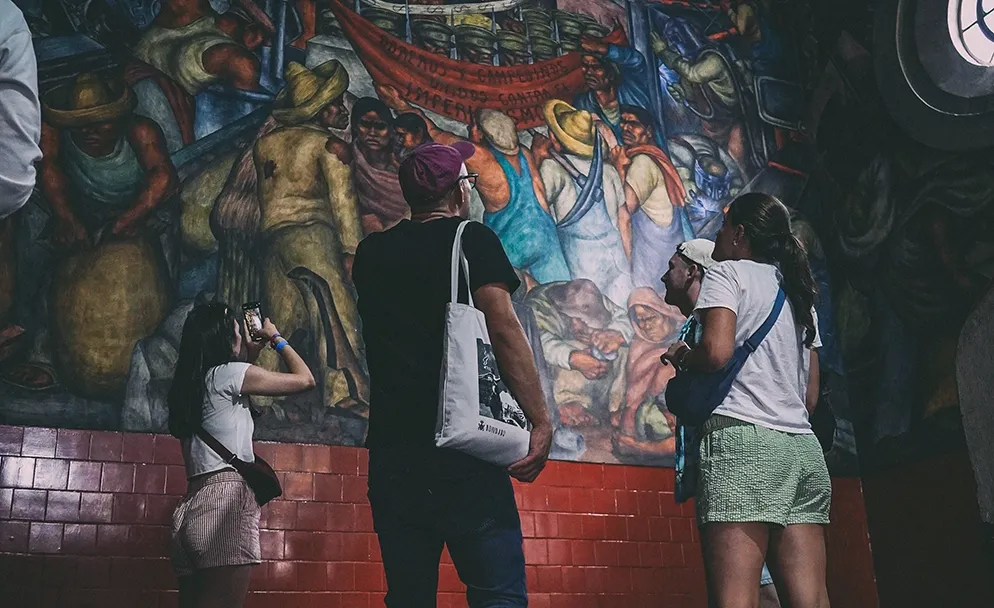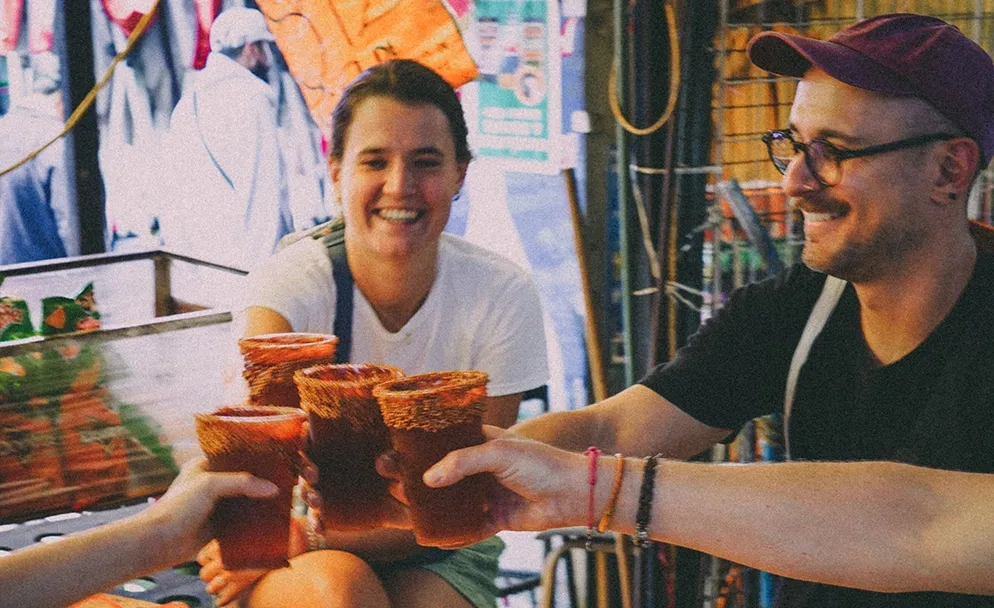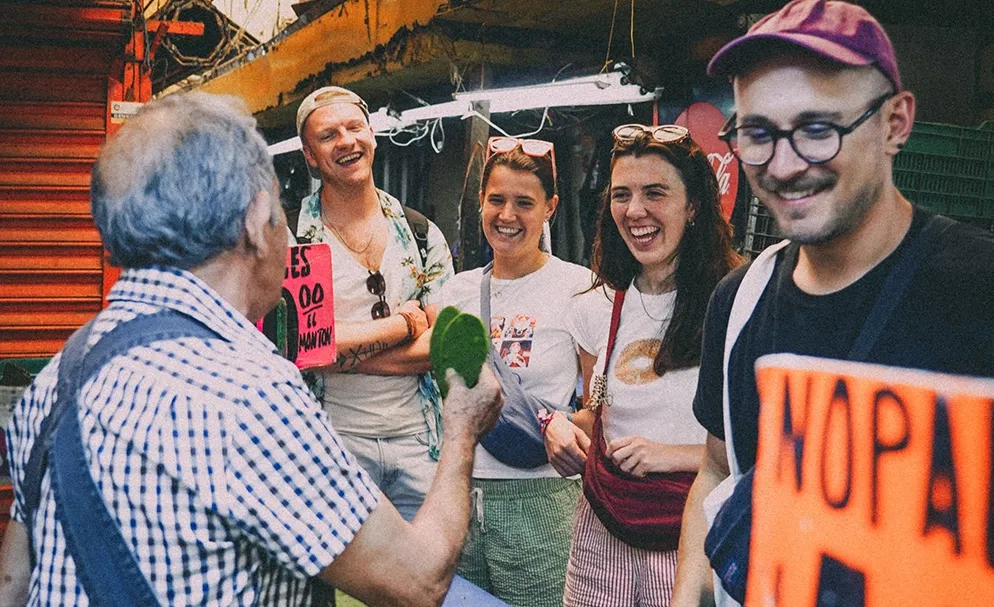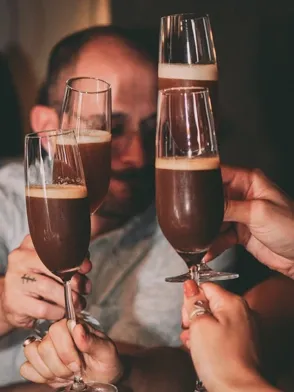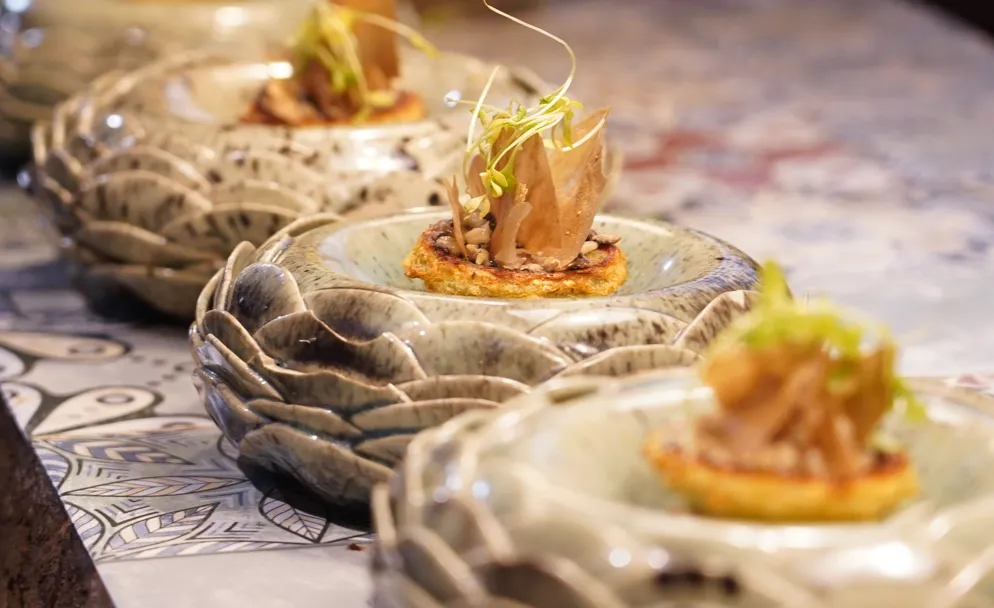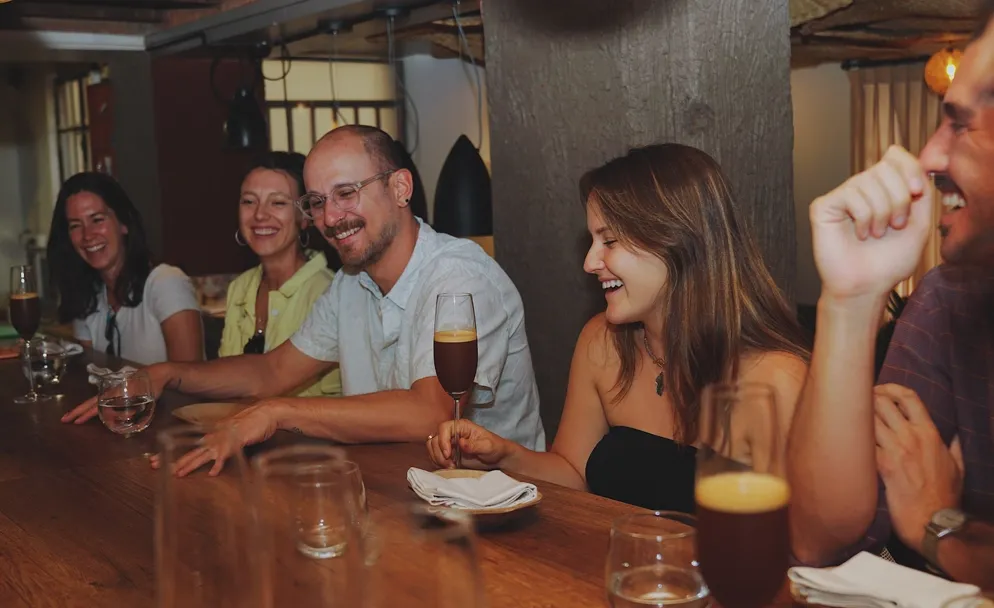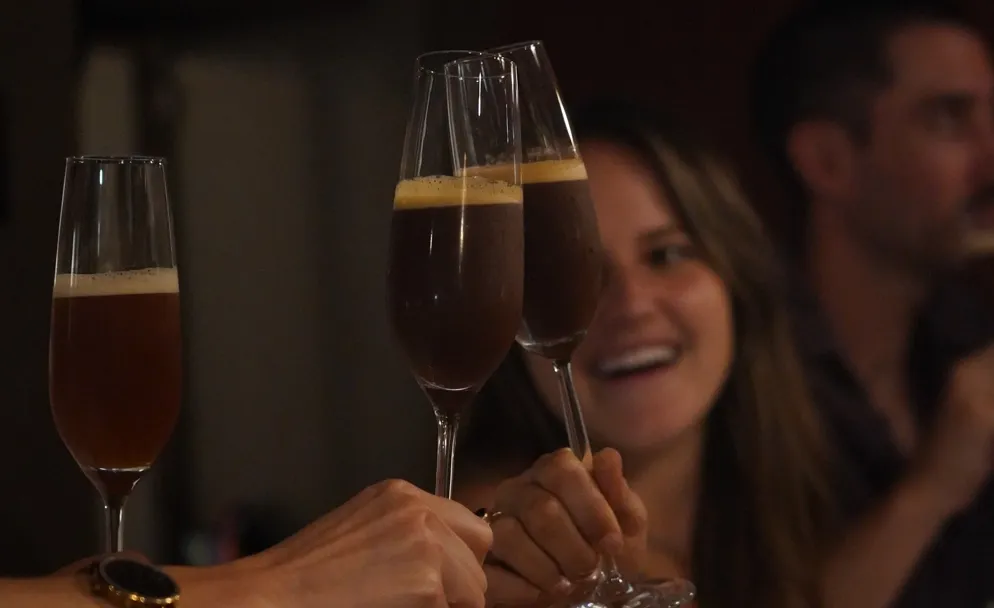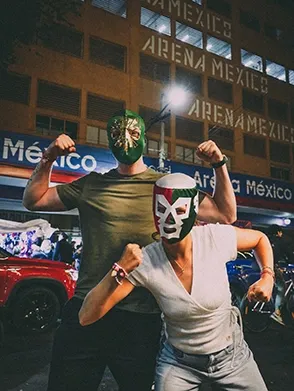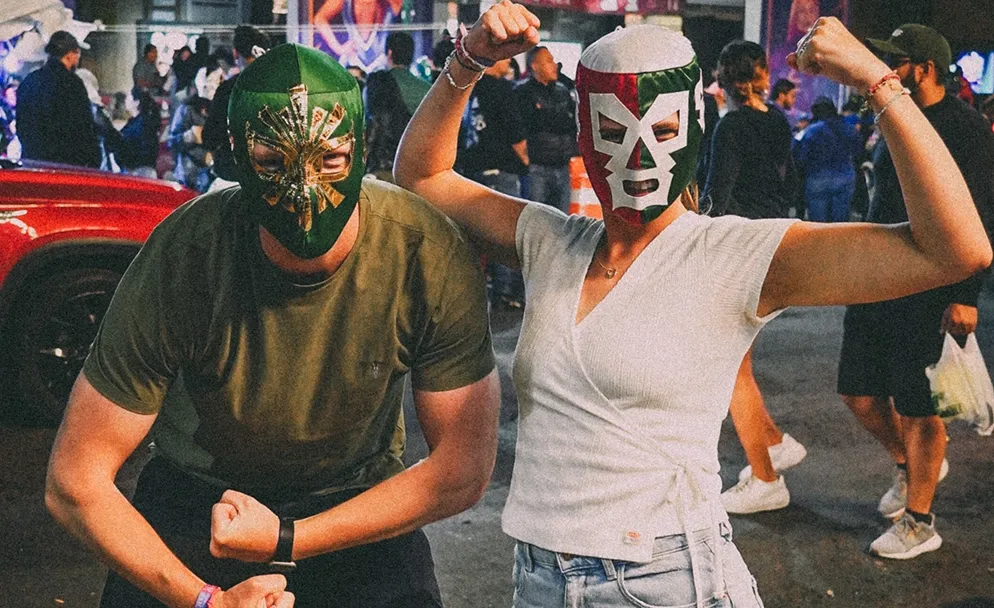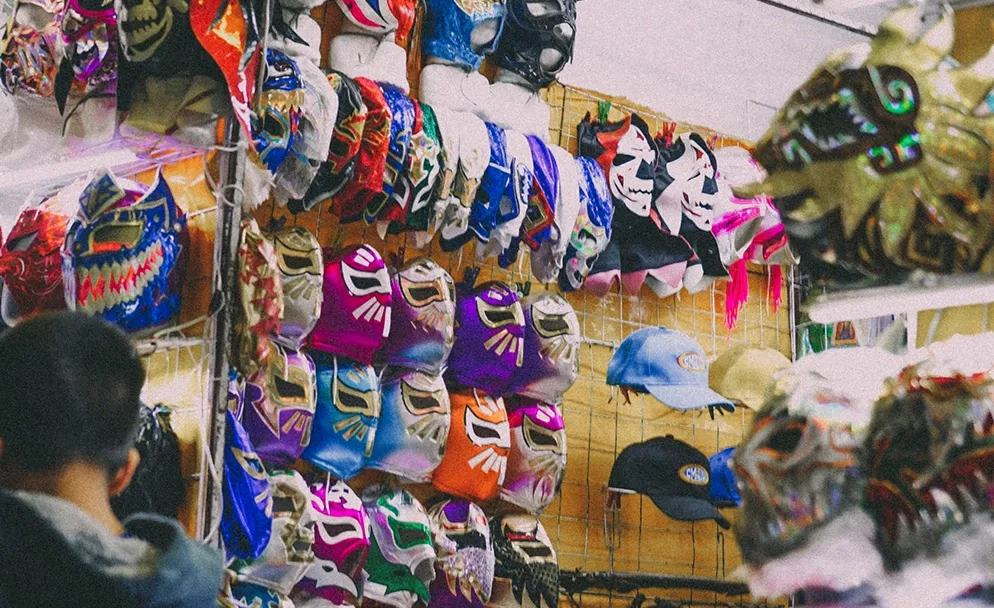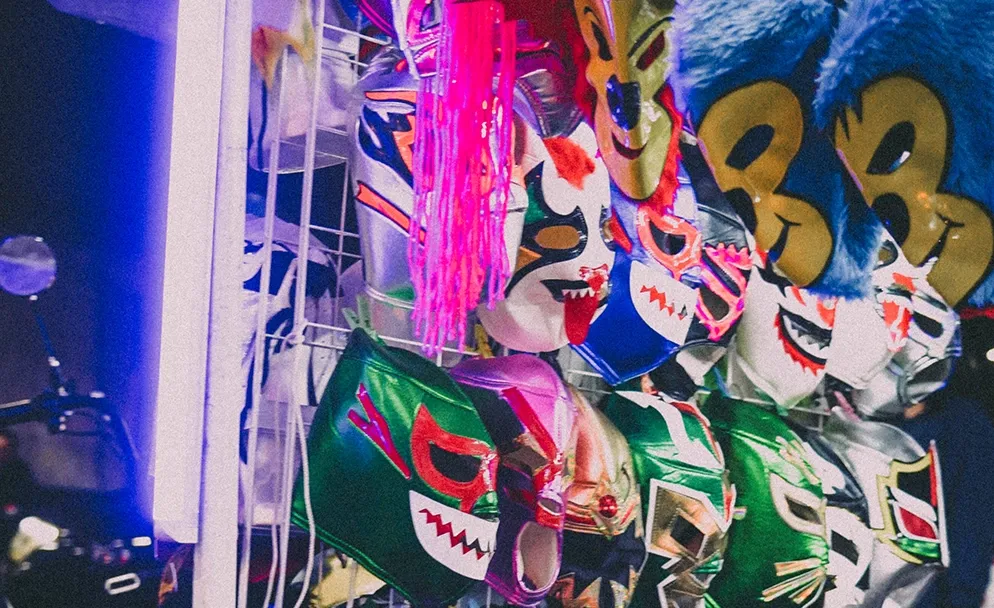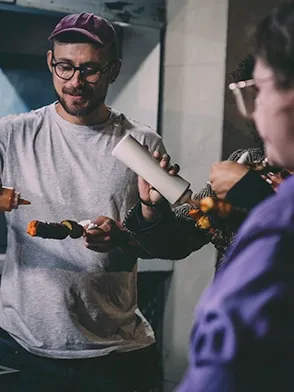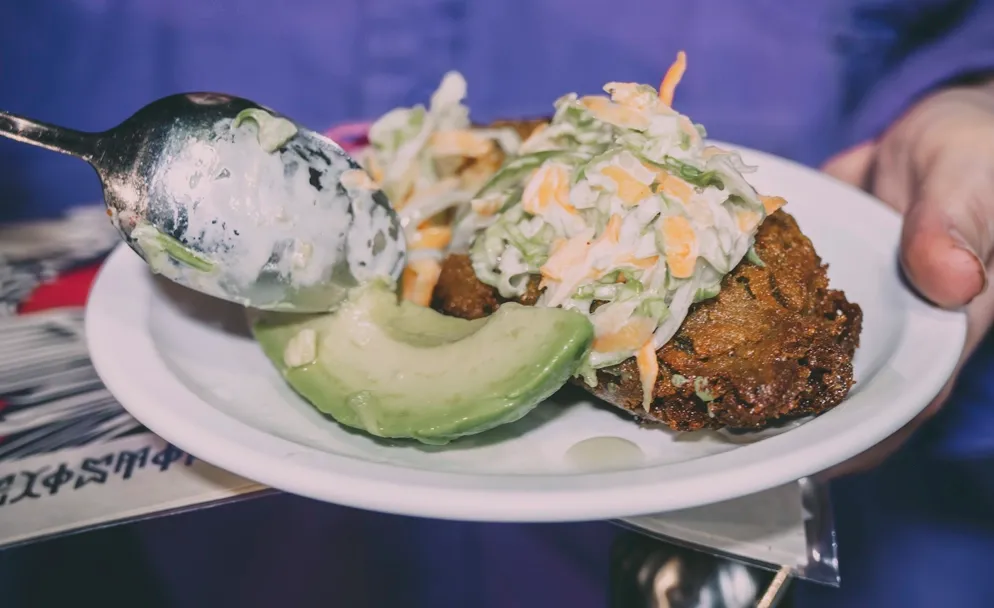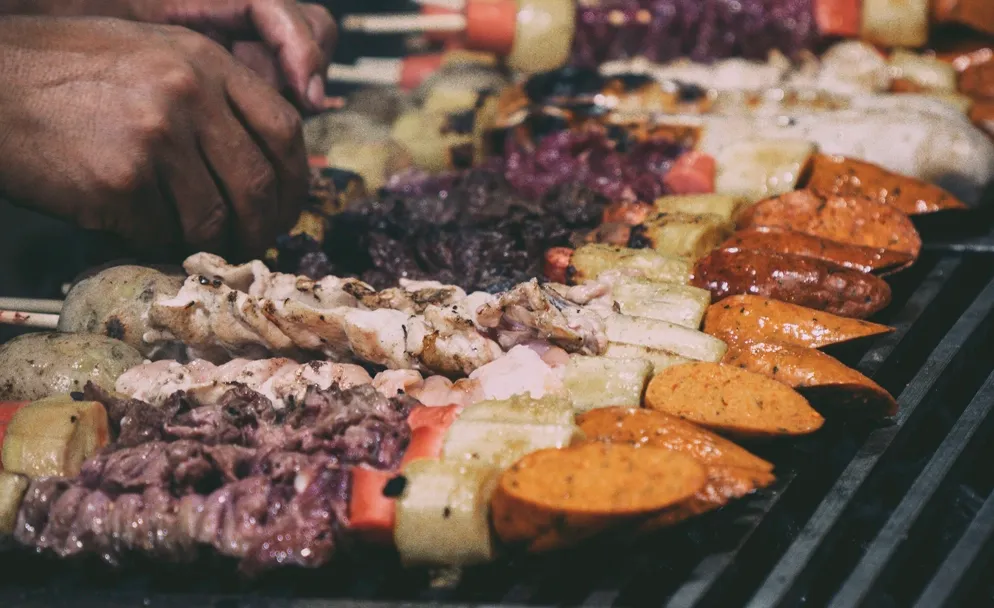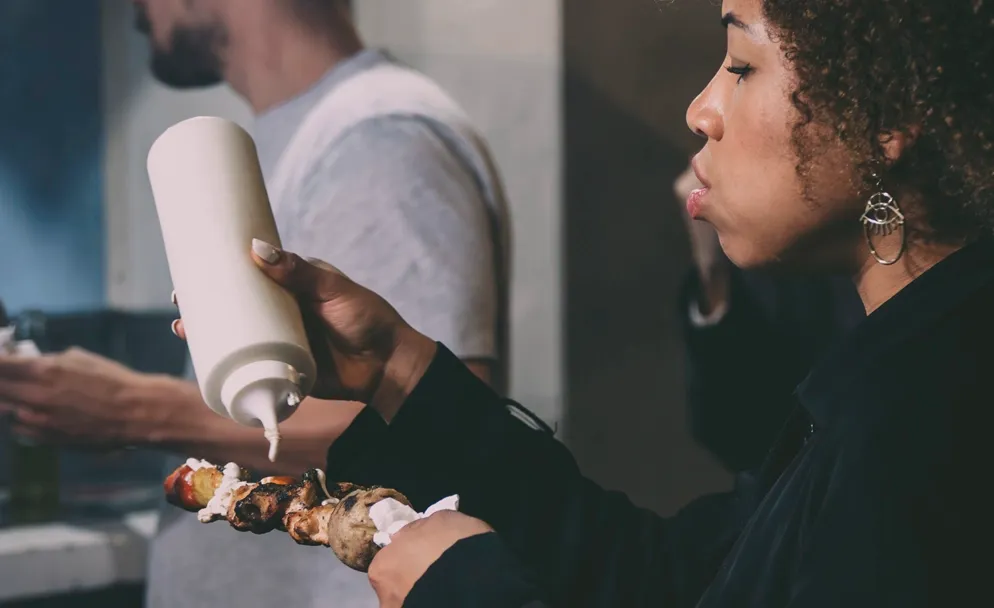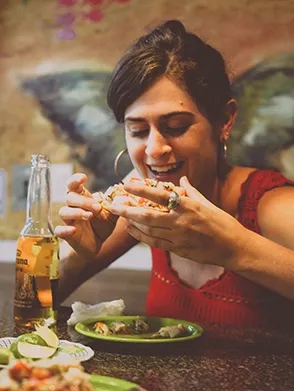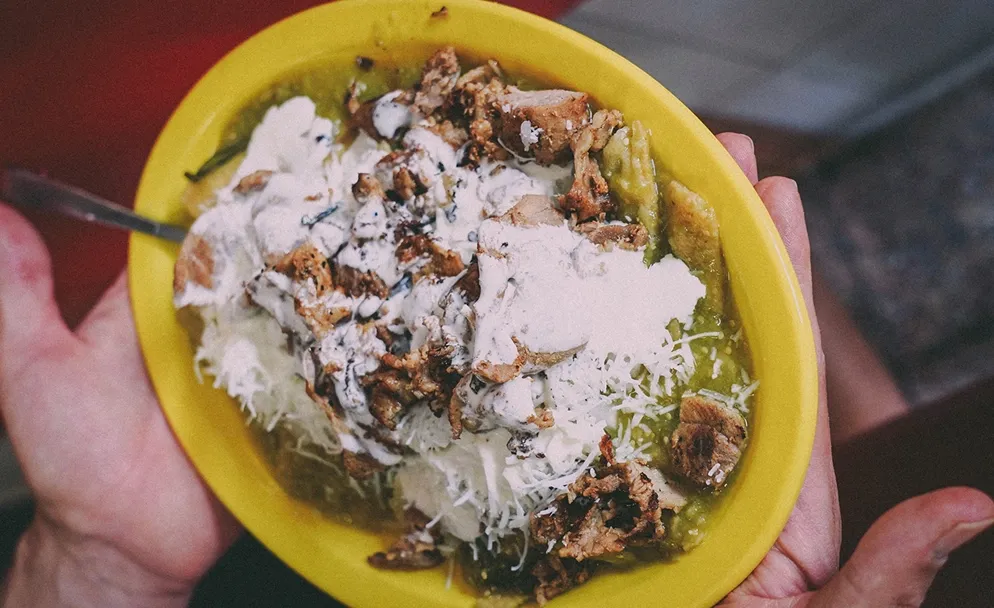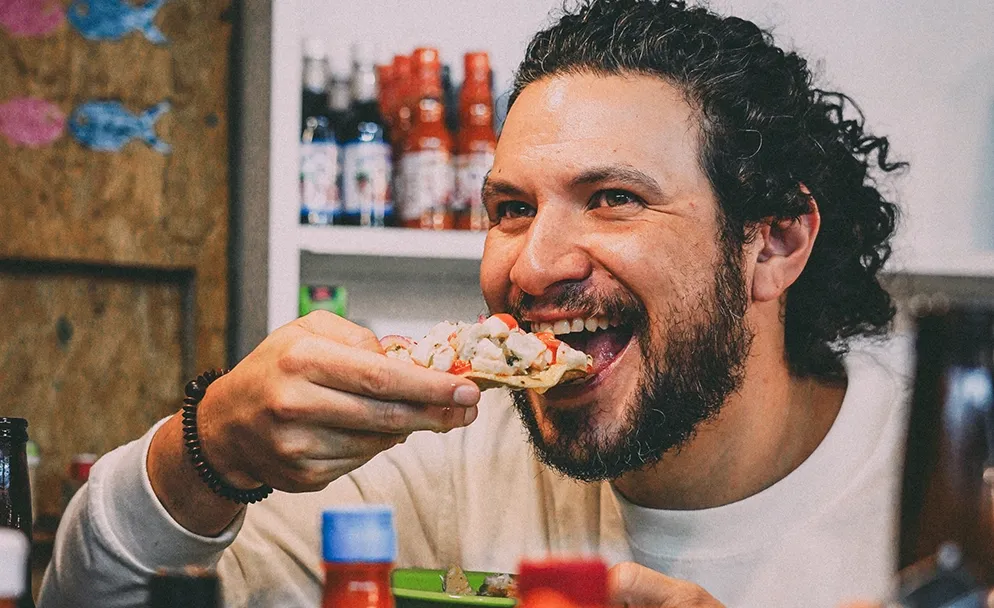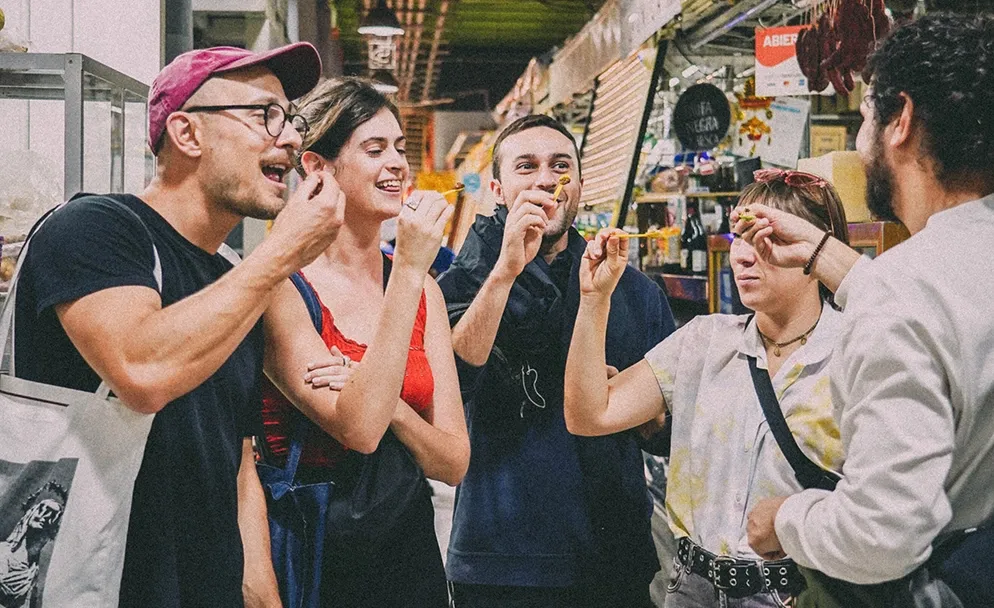You’re in Mexico City, where you can find tacos nearby anywhere. With so many options out there, it’s easy to get lost in the sauce, but don’t worry, we’ve got you. Our tacos tour is a journey through taco history: from the birth of the classic street tacos to the rise of modern taquerías, we’ll taste a bit of everything from the best of the best.
What tacos are famous in Mexico City?
Some CMDX tacos that are a must-try are tacos al pastor, tacos de suadero, tacos de canasta, tacos de carnitas, tacos de barbacoa and variations of the traditional taco: gringas, volcanes, and quesadillas.
What is a taco shop called in Mexico?
Taco shops are known as “taquerías” and a meal centered around tacos is called a “taquiza”. Although there’s no official categorization for taquerías in Mexico, there are different types of taquerías, and it’s important to know them because you won’t find every taco in any taquería. Here is a brief cheat sheet to a true CDMX taquiza:
Street tacos This is your classic street taco stand, a lil cabin with a roof where people eat their tacos standing up. In these street stands, only four kinds of tacos are sold: suadero (a beef cut similar to brisket), longaniza (sausage), campechano (suadero and longaniza combined), tripe and tongue. This selection of popular tacos are available with salsa roja or salsa verde -usually very spicy- and something called Pápalo, which is a kind of Quelite (a wild plant, most of them edible) that is usually found in a plastic tub, the telltale sign of an authentic street taqueria. You can have your tacos with soda; there’s usually no juices or aguas frescas in these stands.
Popular taquería These taquerías are bigger and you can eat standing up or sitting down. Their menu is bigger and more varied; they serve a lot of people and they usually have a couple of trompos for al pastor tacos. Here you can also find quesadillas, huaraches, tostadas, gringas, tortas, etc. There’s usually a bar with toppings ranging from potatoes with jalapeños to pickled onions, and more sauce options. Tortillas are made on the spot, as well as fruit juices, and there is also beer, micheladas and other drinks available.
Tacos de canasta Although you can now find them at a taquería, authentic tacos de canasta are sold on bikes on the street. These are smaller tacos with stew-like fillings and are cooked pouring hot oil over them. These tacos are paired with two types of sauces that are usually a mix of cooked chiles with raw onion. If you find a man on a bike with a (usually blue) plastic cover over a basket, that’s your canasta guy.
Modern taquerías As the name suggests, these are contemporary taquerías that are experimenting with flavors, techniques, and ingredients to take tacos to new, exciting places. They usually have their al pastor trompos, but here you can also find traditional tacos, gringas, tortas, tacos al carbón, vegetarian or vegan tacos. You eat sitting down and they usually serve a bowl with chips and pico de gallo to costumers, and there’s a wider variety of beverages and snacks available.
Specialty tacos All tacos come from a different state in Mexico. Tacos con barbacoa come from Hidalgo, carnitas come from Michoacán, fish tacos come from Sonora and so on. No matter which kind of taco you’re looking to taste, there’s a fascinating place and story in CDMX waiting to be discovered, one bite at a time.
What is the most eaten taco in Mexico?
Short (current) answer: tacos al pastor, tacos de canasta, tacos de suadero, tacos de carnitas. Long(er) answer: the great thing about tacos -and food in general- is that it is a reflection of people, culture, and history, which means the habits around them are always changing. So, the most eaten taco in Mexico depends on where you are, and who you talk to.
What is the most authentic Mexican taco?
A discussion for the ages! Find the answer yourself in our "Tacos: love at first bite" tour. A locally curated taquería-hop through CDMX where we go beyond trying delicious tacos; we dive deep into Mexican history, to understand how this once scorned dish that was eaten only by low-income, vulnerable communities has now turned into one of the rockstars of the culinary world.
